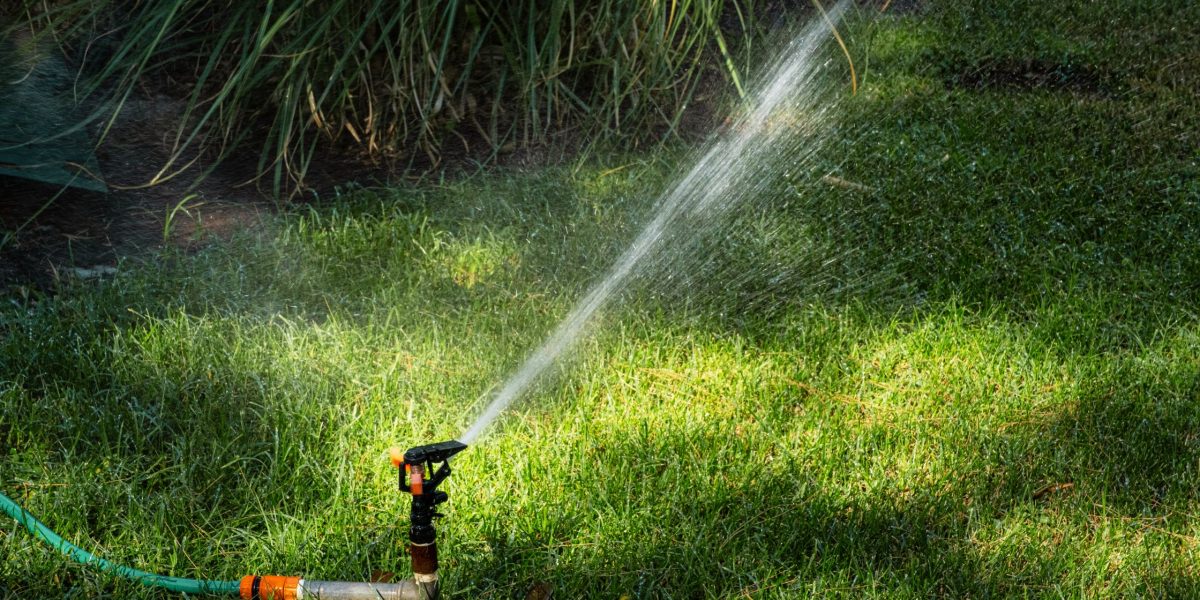As temperatures begin to cool in San Antonio, Texas, many homeowners might think it’s time to forget about their irrigation systems until spring. However, fall is a critical season for maintaining your landscape and ensuring that your irrigation system is properly managed. At Lawn DR Landscaping, we’ve seen common mistakes homeowners make with their irrigation systems during the fall, which can lead to wasted water, higher utility bills, and potential damage to your landscape. Here’s a list of common fall irrigation mistakes to avoid and how to keep your system running efficiently.
1. Overwatering
One of the most frequent mistakes in the fall is overwatering. As temperatures cool, your lawn and plants don’t need as much water as they do during the summer months. In San Antonio, the fall weather brings more natural moisture and humidity, reducing the need for excessive irrigation. Overwatering can lead to root rot, fungal growth, and wasted water.
Solution: Adjust your irrigation schedule to account for cooler temperatures and any fall rainfall. Watering once or twice a week, depending on weather conditions, should be sufficient for most lawns and plants during this time.
2. Failing to Adjust Watering Schedules
Many homeowners leave their irrigation system’s summer schedule in place, which results in unnecessary watering. Fall in San Antonio brings cooler nights and shorter days, meaning your landscape requires less water. Keeping a summer schedule can lead to overwatered, soggy lawns and wasted resources.
Solution: Reassess your watering schedule as fall begins. Most lawns in San Antonio only need around 1 inch of water per week in the fall. Smart irrigation controllers can help automatically adjust watering times based on weather conditions.
3. Neglecting Irrigation System Maintenance
Another common mistake is neglecting regular maintenance on irrigation systems. Fall is the perfect time to inspect your system for leaks, damaged sprinkler heads, or clogged nozzles. Small issues left unattended can turn into bigger problems that impact water efficiency and lead to higher utility costs.
Solution: Perform a thorough inspection of your irrigation system in the fall. Look for broken sprinkler heads, leaks in the system, or blocked nozzles, and make necessary repairs to keep everything running smoothly.
4. Watering at the Wrong Time of Day
Some homeowners continue watering their lawns during the heat of the day or late in the evening, which can be less effective and lead to water loss through evaporation. Watering during peak sunlight can also scorch plants, especially when the temperatures in San Antonio are still warm during the early part of fall.
Solution: The best time to water your lawn in the fall is early in the morning, between 5 a.m. and 10 a.m. This allows the water to soak into the soil before the sun causes evaporation and gives plants enough time to dry before cooler evening temperatures set in.
5. Ignoring Soil Moisture Levels
Homeowners often assume their landscape needs a set amount of water without considering soil moisture levels. Over time, soil can become compacted, leading to poor water absorption. This can cause shallow roots and unhealthy plants, even if you’re watering consistently.
Solution: Check the moisture levels in your soil before adjusting your irrigation. Aerate your lawn in the fall to improve water absorption and allow roots to grow deeper. This helps ensure that the water you’re applying is reaching where it’s needed most.
6. Not Preparing for Potential Freezes
While San Antonio doesn’t experience extreme winter conditions, occasional cold snaps and freezes can still occur in late fall or early winter. If your irrigation system isn’t properly winterized, you risk damage to pipes and sprinkler heads.
Solution: Before the first freeze, consider shutting down your irrigation system and draining any excess water from pipes. This will protect your system from damage if temperatures drop below freezing.
7. Skipping Seasonal Adjustments
Many homeowners overlook the importance of making seasonal adjustments to their irrigation systems. Fall is a transition period, and your landscape’s water needs will continue to change as winter approaches.
Solution: Invest in a smart irrigation controller that can automatically adjust your system based on current weather conditions. These controllers can save water by making precise adjustments and ensuring that your landscape gets the right amount of hydration throughout the fall.
Conclusion
Avoiding these common fall irrigation mistakes can help you maintain a healthy landscape and save on your water bills. By adjusting your watering schedule, maintaining your system, and preparing for the cooler months ahead, you can ensure that your lawn and plants remain healthy and vibrant throughout the fall and into the next growing season.
For professional irrigation services in San Antonio, Texas, trust Lawn DR Landscaping. We can help you inspect, adjust, and maintain your irrigation system so you can enjoy a lush landscape all year long. Contact us today to schedule a consultation!

